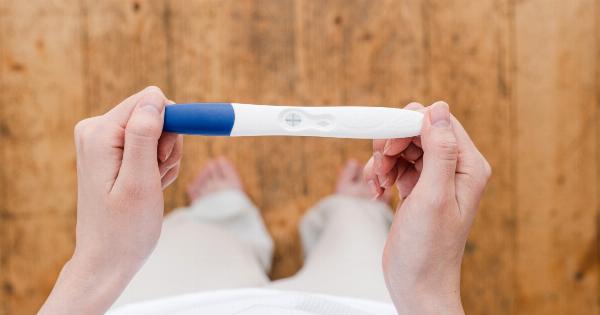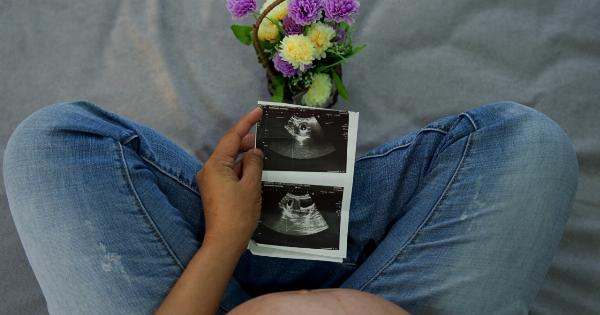Preterm labor, which refers to the onset of labor before 37 weeks of pregnancy, is a significant concern in the field of prenatal care.
It can lead to various complications for both the mother and the baby, including developmental delays, respiratory issues, and even long-term disabilities. Researchers have long been exploring factors that could potentially increase the risk of preterm labor, and recent studies have shed light on the link between a mother’s age and the likelihood of experiencing preterm birth.
Understanding Preterm Labor
Preterm labor occurs when the body starts preparing for childbirth too early. This can result in the birth of a premature baby who may face significant health challenges.
Babies who are born prematurely often require special medical care in neonatal intensive care units (NICUs) to support their growth and development.
According to the World Health Organization (WHO), approximately 15 million babies are born preterm each year. Preterm birth is the leading cause of death among children under the age of 5 worldwide.
Therefore, identifying factors that contribute to preterm labor is of utmost importance to improve maternal and child health.
The Role of Maternal Age
Recent research studies have indicated a strong association between maternal age and the occurrence of preterm labor.
Both advanced maternal age, usually defined as over 35 years, and young maternal age, defined as under 20 years, have been linked to an increased risk of preterm birth.
Advanced Maternal Age and Preterm Labor
Several studies have highlighted the correlation between advanced maternal age and preterm labor. Women aged 35 and above have a higher probability of experiencing preterm birth compared to younger women.
This could be due to various factors, such as underlying medical conditions, multiple pregnancies, or the increased likelihood of interventions like cesarean section.
The Biological Explanation
Biologically, older women may have an increased risk of preterm labor due to several reasons. As women age, their eggs may have a higher likelihood of chromosomal abnormalities or genetic mutations, which can lead to complications during pregnancy.
Additionally, older women may have higher rates of conditions like hypertension or diabetes, which can further contribute to preterm labor.
Young Maternal Age and Preterm Labor
Although advanced maternal age has been extensively studied in relation to preterm labor, research has also indicated that young maternal age can be a risk factor.
Several studies have demonstrated a higher incidence of preterm birth in women under the age of 20.
Teenage mothers often face various challenges, including inadequate prenatal care, poorer socioeconomic conditions, and limited support systems. These factors, combined with an immature reproductive system, can increase the likelihood of preterm labor.
Maternal Age and Socioeconomic Factors
Beyond the biological aspects, there is also evidence to suggest that socioeconomic factors play a significant role in the link between maternal age and preterm labor.
Older mothers tend to have better access to healthcare, education, and financial stability, which can contribute to a healthier pregnancy compared to younger mothers who may face more barriers to optimal prenatal care.
Implications for Prenatal Care and Further Research
The connection between maternal age and preterm labor highlights the importance of tailored prenatal care for women in different age groups.
Healthcare providers need to consider the unique risks associated with advanced maternal age and young maternal age when designing prenatal care plans.
Additionally, further research is warranted to delve deeper into the specific mechanisms linking maternal age to preterm labor.
Understanding the underlying biological pathways can guide the development of interventions and strategies to mitigate the risk of preterm birth.
Conclusion
The research surrounding the connection between a mother’s age and preterm labor underscores the significance of comprehensive prenatal care.
Both advanced maternal age and young maternal age have been associated with an increased likelihood of preterm birth, although the reasons may differ. By addressing these age-related risks through targeted interventions and support systems, healthcare providers can strive to reduce the incidence of preterm labor and ultimately improve the well-being of both mothers and their babies.































